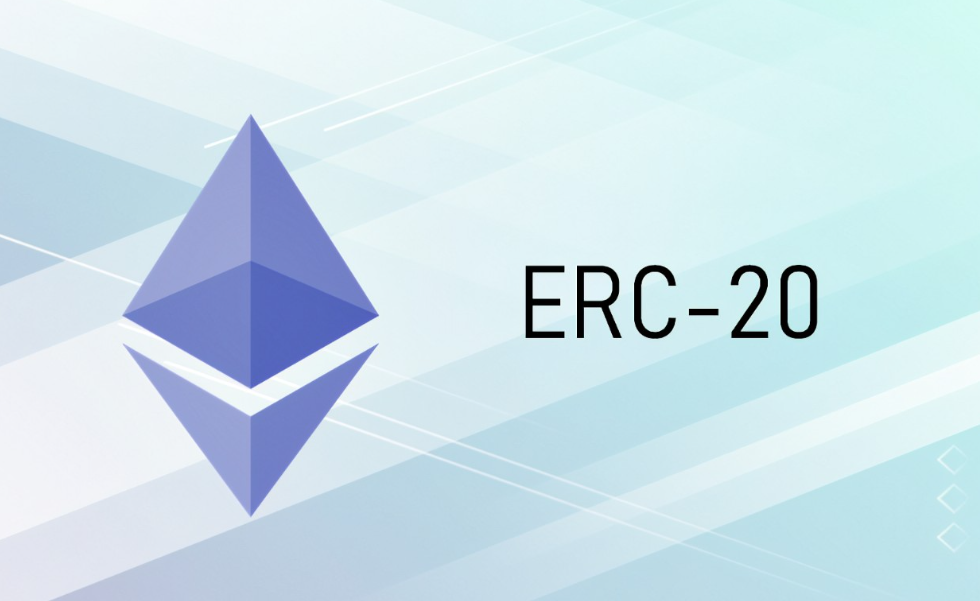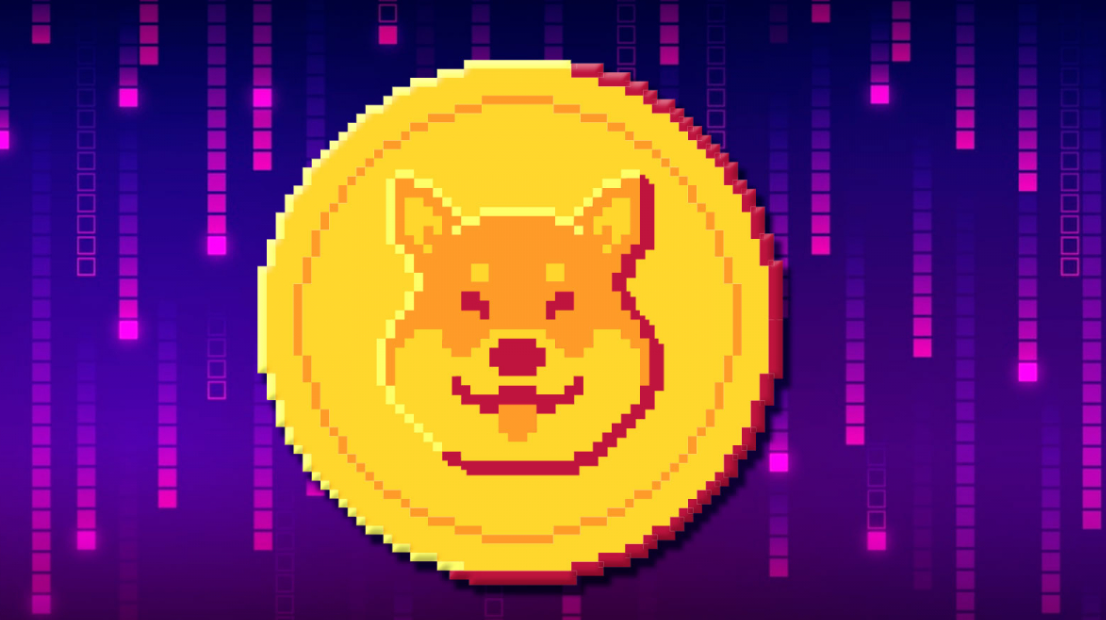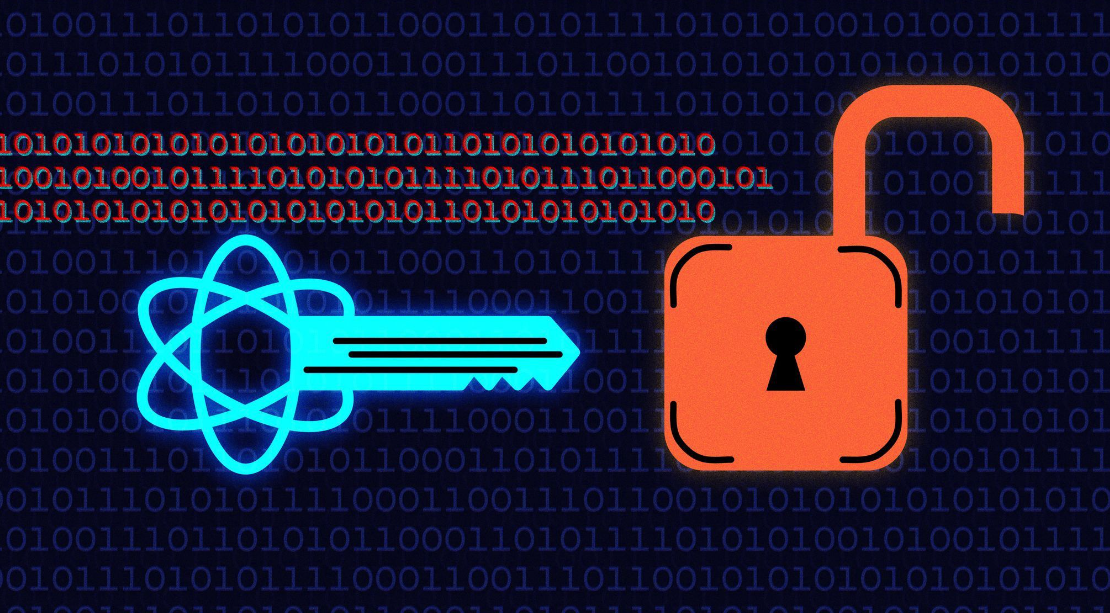What is ERC-20? ERC-20 is an Ethereum protocol that specifies the rules for creating and trading Ethereum tokens. These rules make it easier for developers to create new tokens and to know how they will interact with each other. They also define how these tokens are transferred from one address to another and how data about tokens is accessed.
Simple
The ERC-20 standard allows for the creation of digital tokens. Each token has a unique address, a user account and a fixed supply of tokens. Tokens can be traded between users or transferred between accounts. To facilitate this process, an ERC-20 contract includes a public transfer function.
ERC-20 tokens can be created quickly and easily. They can be launched by anyone in minutes. However, it is important to be aware of the risks associated with using these tokens. These digital assets are widely used in a wide variety of applications. Some people use them for fraud and pyramid schemes. In addition, the Ethereum blockchain is prone to scalability problems and requires a large minimum payment amount for transactions. If you are planning to create an ERC-20 token, you should be aware of the risks involved.
ERC-20 is widely used in the crypto asset space and is considered the best standard for creating smart contracts. However, it lacks some features that other standards have. If you are not sure which one to use, read about the ERC-20 standard. ERC-20 is the most popular amongst cryptocurrency developers. It is also used for utility tokens and stablecoins.
ERC-20 tokens are transferable between accounts. They also have a fixed supply. The transfer command executes a transfer of a specified number of tokens to a pre-specified address. Another command, approve, allows a spender to withdraw a specified number of tokens from an account.
An ERC-20 token is customizable and can be used in a variety of applications, such as a currency, loyalty points, digital collectibles, or digital identities. They are compatible with wallets, exchanges, and smart contracts.
Lightweight
The ERC-20 standard is an open-source protocol that allows developers to build smart contracts and DApps for Ethereum. Its lightweight architecture enables low transaction fees and easy implementation of smart contract functionality. It supports native token functionality and asset transfers with minimal computational overhead. By contrast, Ethereum requires the developer to modify the smart contract that is associated with the associated token to perform these functions.
While ERC-20 was initially developed to provide developers with a standard for Ethereum-based tokens, it has since been used to create a wide variety of new tokens. The ERC-20 standard is also used by Maker, Basic Attention Token, Augur, and the OMG Network. Its name refers to a concept known as a “request for comment” similar to that of the Internet Engineering Task Force (IETF), which communicates essential technical notes to developers.
Fully functional
The ERC20 standard is a set of rules that govern Ethereum smart contracts. It provides a standard set of regulations for fresh tokens and is used to create smart contracts. The ERC20 standard also provides a standard interface that describes smart contract functions. To implement these functions, developers write code in the back end. To do this, they must make use of the Ethereum blockchain and the ERC20 API.
The ERC-20 standard is one of the most popular standards for smart contracts in the Ethereum blockchain. Many new tokens created in the Ethereum ecosystem adhere to this standard. This will ensure that these tokens can be interchangeable with one another. If you want to create an ERC-20 token, you must ensure that it complies with the ERC-20 standard.
Another issue with the ERC-20 standard is its dependence on the Ethereum blockchain. It requires a gas fee to process transactions, which increases when the blockchain is busy. This is unsustainable in the long run. In addition, ERC-20 uses two different types of account types, the externally owned account and the contract account. The externally owned account has private keys, while the contract account has contract code. For example, if the code for the contract is changed, it will cause a loss of nearly a million dollars.
The ERC-20 standard also requires that ERC-20 tokens have a total supply. Some ERC-20 tokens do not have a fixed supply, so it’s crucial to ensure that the ecosystem knows how many tokens exist. In addition, ERC-20 tokens are traded on Ethereum exchanges, and can be stored in an Ethereum wallet such as MetaMask or MyEtherWallet. They can also be stored in a paper wallet or a hardware wallet.
Secure
The ERC-20 standard is a set of rules and regulations for Ethereum currencies. These standards and rules make the creation of new tokens more accessible, and developers can easily predict how they will behave in the future. They also ensure that tokens will be compatible with one another. The ERC-20 standard is an ideal way to create new tokens, and there are a few simple steps to get started.
First of all, you should choose a coin that has already reached some level of popularity. The Litecoin token is the most risky, as it has struggled to gain value. It is currently trading for just over $400 and hasn’t even surpassed its old all-time high of $360. A good idea for a secure ERC-20 token is the BAT token, which is backed by Brave Browser. It has already hit an all-time high of 1.80.
Tokens that are based on the ERC-20 standard can represent physical or digital assets, like stocks and real estate. The ERC-20 standard also works for games, wallets, and decentralized finance products. ERC-20 tokens can also be used to vote on protocol upgrades. These benefits make ERC-20 a valuable asset that investors should consider investing in.
Tokens created with ERC-20 standards can also serve as incentive structures within dapps, as well as fundraising vehicles. This standard is at the heart of an Initial Coin Offering (ICO), which is a platform for raising funds directly in cryptocurrency. In 2018 alone, ICOs raised $6.3 billion.
ERC-20 standards require developers to follow the same protocols for safe and secure ERC-20 tokens. ERC-20 tokens are also known as Ethereum tokens, and other cryptocurrencies have developed tokens using them.
Easy to create
The ERC-20 protocol is designed for use in cryptocurrencies. The basic functions of an ERC-20 token are transfer, approve, and allowance. These functions allow you to send and receive tokens between addresses. If you’re creating an ERC-20 token, you’ll need to understand these functions and how they work. To learn more, read the ERC-20 website.
To begin creating your own ERC-20 Token, you need to create a contract. To do this, connect your Ethereum wallet and add funds to create your token. From there, complete a simplified form to generate your token. In less than a minute, you can have your own token with a name and symbol. You’ll also have the ability to disable token minting and set a token cap.
To make your token work, you need to write logic. The first expression, mapping(), defines an associative array. The second expression, balances(), holds the token balance of each account that is owned by the token’s owner. The final expression, allowed(), defines the accounts that have permission to withdraw tokens.
Before the ERC-20 standard, tokens were very different. In addition to having no fixed structure, developers needed to understand the entire smart contract code for each token. This made it difficult to develop a product that would benefit from ERC-20. But now, the ERC-20 standard simplifies the process for developers.
ERC-20 tokens are easy to use and highly flexible. These are built on the Ethereum blockchain and can represent anything. They are also highly secure and decentralized.



